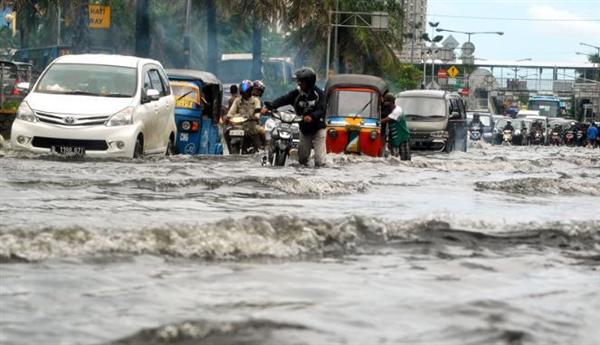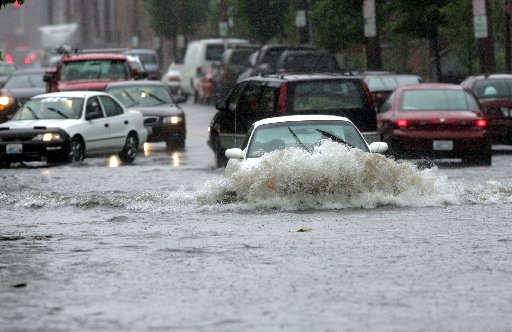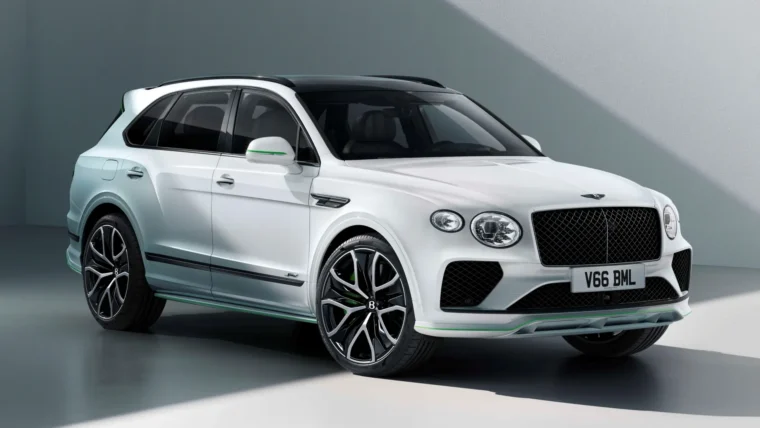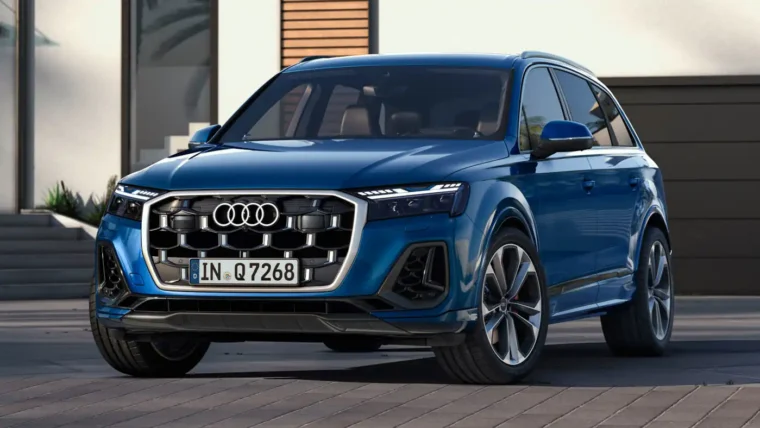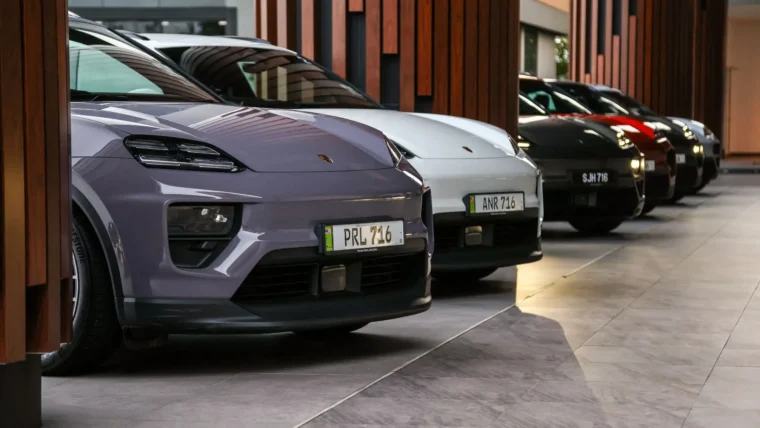Let’s face it, November and December are most dreadful months for our friends in the East Coast of Peninsular Malaysia when the tropical monsoon season strikes the coastal areas, which translates to the annual flood season. Just this year alone, the flood water has reached into some parts of Johor, Kelantan, and Terengganu but the worst hit is the urban areas of Kuantan in Pahang where over 30,000 people were evacuated. The town of Kemanan in Terrenganu has become an island as all road access have been flooded over. It is also believed that the second wave of floods could hit Kuantan very soon.
Without doubt, when a flood strikes, it is also one of the most dangerous times to drive as one wrong move could mean the end of your vehicle, your life, or both. Here are a few guidelines for motorists on what to do when the flood season arrives.
Before the flood arrives, consider these below (courtesy of Etiqa)
– Consider reviewing and going for comprehensive coverage to your policy.
Comprehensive coverage for flood is optional. But when facing certain natural disasters, like floods, comprehensive coverage can offer significant financial protection. Aside from covering things like glass damage, theft, and fire, comprehensive can also cover damage caused by hail, water, and floods in some cases.
– Plan for your surroundings. Though comprehensive coverage may be able to help you deal with flood damage, one of the best ways to make sure your car stays nice and dry is to take preventive measures. If you live in an area known for heavy rainfall, be prepared: keep your windows, trunk, and sunroof tightly shut; outfit your garage with a water-pump system; and park your car on high ground before the storm hits.
What to do when driving in floods
– Pay attention to road blocks or barricades. They are setup for something. Avoid driving though the barricades to avoid trouble.
– Do not drive through standing water on roads or in parking lots. Roads that covered in water has blocked the road surface condition, moreover the submerged roads are prone to collapse. If you really need to, do a ‘walk through’ the area first to ensure the water level is not above your bonnet.
– If there no other alternatives, do your best by estimate the depth of the water by witnessing the other cars are driving through, and take note of how deep the water is. If there are stationary cars submerged with water underneath, avoid that road and find other alternatives.
– Avoid driving in water that downed electrical or power lines have fallen in — electric current passes through water easily.
– Once driving in the water, drive slowly and steadily through the water.
– Watch for items traveling downstream — they can trap or crush you if you’re in their path.
– If you are driving through water up to the wheel rims or higher, test your brakes on a clear patch of road at low-speed. If they are wet and not stopping the vehicle as they should, dry them by pressing gently on the brake pedal with your left foot while maintaining speed with your right foot, or gently pulling the handbrake lever.
What to do when your car is flooded with water!
– Stay calm and do not panic (very important!)
– Turn on your headlights and hazard lights. This will make it easier for emergency personnel to see you.
– If the car stalls in deep water, attempt to restart the engine to make it to safety. Keep in mind that restarting may cause irreparable damage to the engine.
– If you can’t restart your vehicle and you become trapped in rising water, immediately abandon it and move to higher ground.
– Lower the window to prepare a backup exit, just in case the door is unable to open. Most electric windows should work unless the car is completely submerged in water.
– If the windows will not open, you’ll have to use a door to get out. But you won’t be able to open a door until the water pressure is equalized between the outside and the inside of the car. This means you’ll have to wait for water to enter the car and fill up to about your neck level (this sounds terrifying, but this is the only way the doors will open).
– Do not break the window to get out. If water pressure has not equalized, the glass will explode inward toward you or other occupants.
– Once the door opens, swim out and get to the surface.
– Do not stand on the roof of your car. If your car is swept away, you’ll be carried away with it. You could also fall and injure yourself if the car shifts abruptly.
– Do not return to your car if you think the water level is going down. Water levels could rise without warning.
What to do when your car is damaged by the flood (courtesy from Etiqa)
– Filing a flood-damage claim. If your car’s been damaged by a recent flood, file your claim as soon as you can. Please check with your insurance provider for that.
– Prepare for the possibility of a total loss. After you file your water-damage claim, a claims adjuster may declare your car a total loss for various reasons. Exposure to salt water, for example, may not show immediate damage, but can lead to long-term deterioration of your car. If your flood-damaged car is declared a total loss, your claims representative will walk you through your options during the settlement process.
Other posts by AF Newsdesk

